#Operations Research_OR
#Network Analysis
#PERT and CPM
#Project Management
#PERT Chart
#Network Diagram
#Dummy Activity
Note: Always draw as many rough drafts as you need before drawing final Network Diagram.
Draw Network Diagram / PERT Chart:
Activity: A B C D E F G
Predecessor: – A A A B,C,D B,C,D E,F
1. Activity
Any individual operation which utilizes resources and has an end and a beginning is called activity. An arrow is commonly used to represent an activity with its head indicating the direction of progress in the project. These are classified into four categories
1. Predecessor activity – Activities that must be completed immediately prior to the start of another activity are called predecessor activities.
2. Successor activity – Activities that cannot be started until one or more of other activities are completed but immediately succeed them are called successor activities.
3. Concurrent activity – Activities which can be accomplished concurrently are known as concurrent activities. It may be noted that an activity can be a predecessor or a successor to an event or it may be concurrent with one or more of other activities.
4. Dummy activity – An activity which does not consume any kind of resource but merely depicts the technological dependence is called a dummy activity.
The dummy activity is inserted in the network to clarify the activity pattern in the following two situations
To make activities with common starting and finishing points distinguishable
To identify and maintain the proper precedence relationship between activities that is not connected by events.
2. Event
An event represents a point in time signifying the completion of some activities and the beginning of new ones. This is usually represented by a circle in a network which is also called a node or connector.
The events are classified in to three categories
1. Merge event – When more than one activity comes and joins an event such an event is known as merge event.
2. Burst event – When more than one activity leaves an event such an event is known as burst event.
3. Merge and Burst event – An activity may be merge and burst event at the same time as with respect to some activities it can be a merge event and with respect to some other activities it may be a burst event.
Rules for Drawing Network Diagram
Rule 1
Each activity is represented by one and only one arrow in the network.
Rule 2
No two activities can be identified by the same end events.
Rule 3
In order to ensure the correct precedence relationship in the arrow diagram, following questions must be checked whenever any activity is added to the network
What activity must be completed immediately before this activity can start?
What activities must follow this activity?
What activities must occur simultaneously with this activity?
In case of large network, it is essential that certain good habits be practiced to draw an easy to follow network
Try to avoid arrows which cross each other
Use straight arrows
Do not attempt to represent duration of activity by its arrow length
Use arrows from left to right. Avoid mixing two directions, vertical and standing arrows may be used if necessary.
Use dummies freely in rough draft but final network should not have any redundant dummies.
The network has only one entry point called start event and one point of emergence called the end event.
Common Errors in Drawing Networks
The three types of errors are most commonly observed in drawing network diagrams
1. Dangling
To disconnect an activity before the completion of all activities in a network diagram is known as dangling.
2. Looping or Cycling
Looping error is also known as cycling error in a network diagram. Drawing an endless loop in a network is known as error of looping.
3. Redundancy
Unnecessarily inserting the dummy activity in network logic is known as the error of redundancy.
OR, Operations Management, Math, Network Analysis, PERT, CPM, Project Management, PERT Chart, Network Diagram, AOA, Activity on Arrow, Critical Path, Activity, Event, Merge Event, Burst Event, Predecessor, Successor, Concurrent, Dummy, Dangling, Looping, Cycling, Redundancy, Statistics, OM, Operations Management, MBA, MCA, CA, CS, CWA, BBA BCA, BCom, MCom, GRE, GMAT, Grade 11, Grade 12, Class 11, Class 12, IAS, CAIIB, FIII, IBPS, BANK PO, UPSC, CPA, CMA
– www.prashantpuaar.com
source













![CY_GATE_2019_PHYSICAL_SPECTROSCOPY_[ELECTRONIC_BASIC]_All IN ONE_[Short_Trick]_2018-19_PART_1ST - Videos](https://trends.edugorilla.com/wp-content/uploads/sites/8/2018/08/cy_gate_2019_physical_spectroscopy_electronic_basic_all-in-one_short_trick_2018-19_part_1st-218x150.jpg)



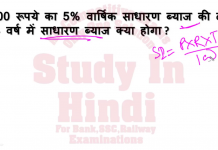


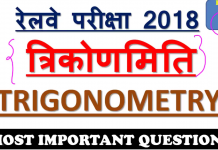
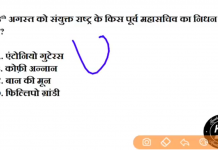
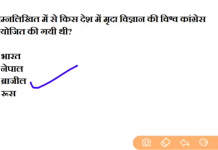
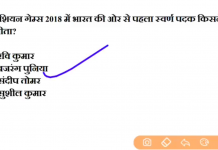





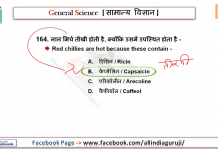


![24 August 2018 – The Indian Express Newspaper Analysis हिंदी में – [UPSC/SSC/IBPS] Current affairs - Videos](https://trends.edugorilla.com/wp-content/uploads/sites/8/2018/08/a520-218x150.png)
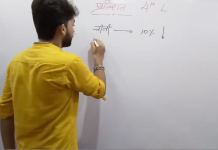



There is confusion between your playlist “Network Analysis” & “Pert & CPM “